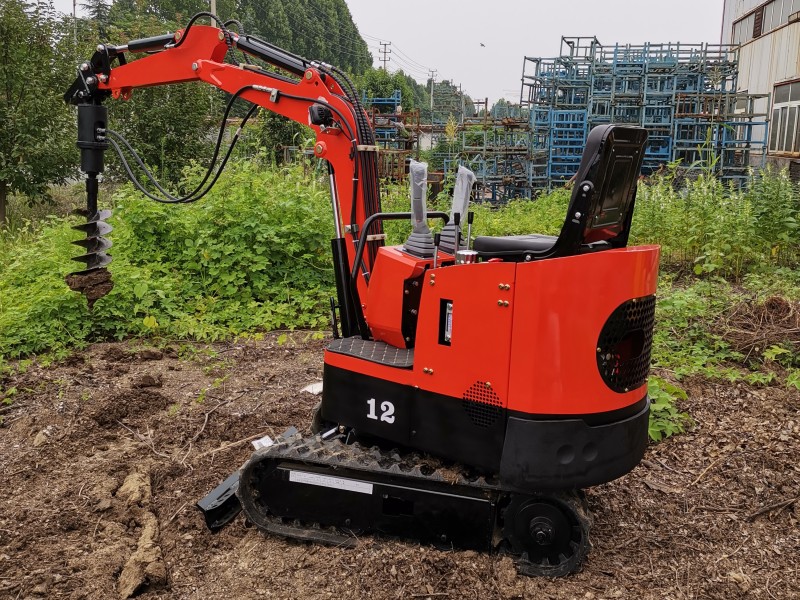When evaluating the longevity and usability of a mini excavator,the number of operating hours is a critical metric.For many operators and buyers,understanding whether 2,000 hours is considered a lot for a mini excavator can influence purchasing decisions and maintenance planning.In this discussion,we will explore what 2,000 hours means in the context of mini excavators,factors that affect their lifespan,and how to interpret this figure in practical terms.
What Does 2,000 Hours Represent?
In the construction and excavation industry,equipment hours are a standard measure of usage.Typically,mini excavators are used for various tasks,including landscaping,utility work,and small-scale construction projects.The number of hours an excavator has been operated reflects its wear and tear,maintenance needs,and overall condition.
For mini excavators,2,000 hours is often seen as a benchmark.It indicates that the machine has been used regularly but may still have a significant amount of life left,depending on how it was maintained and operated.
Lifespan of Mini Excavators
The lifespan of a mini excavator can vary widely based on several factors:
Quality of the Machine:Different manufacturers produce machines with varying levels of durability.High-quality brands may last longer than others,even with the same number of operating hours.
Maintenance Practices:Regular maintenance,including oil changes,filter replacements,and inspections,can significantly extend the life of an excavator.A well-maintained machine with 2,000 hours may be in better condition than a poorly maintained one with fewer hours.
Operating Conditions:The environment in which the excavator is used plays a crucial role.Machines used in harsh conditions,such as muddy or rocky terrains,may experience more wear and tear than those used on smooth surfaces.
Type of Work:The nature of the tasks performed also impacts wear.Heavy lifting,digging in tough soil,or frequent use of attachments can lead to faster deterioration compared to lighter tasks like grading or landscaping.
Operator Skill:Experienced operators tend to use machinery more efficiently and with less strain,which can contribute to the longevity of the equipment.
Interpreting 2,000 Hours
Condition Assessment:At 2,000 hours,it’s essential to assess the condition of the mini excavator.Look for signs of wear,such as hydraulic leaks,engine performance issues,and the state of the tracks or wheels.A thorough inspection can provide insights into whether the machine is worth investing in.
Maintenance History:Review the maintenance records.A machine that has received regular service is likely to be more reliable,even at 2,000 hours.Ask for documentation that shows routine maintenance and any major repairs.
Usage History:Understanding how the machine has been used can help gauge its condition.If it was primarily used for light landscaping,it may be in better shape than one used for heavy construction tasks.
Market Expectations:In the used equipment market,2,000 hours is often a threshold that buyers consider.Machines with fewer than 2,000 hours may command higher prices,while those with significantly more hours may be viewed as nearing the end of their useful life.
Comparing to Other Equipment
To put 2,000 hours in perspective,it’s helpful to compare it to other types of construction equipment.For instance,larger excavators or bulldozers may be considered to have a longer lifespan,often exceeding 10,000 hours before significant issues arise.In contrast,mini excavators,while capable of lasting many hours,might be considered"high mileage"at 5,000 hours or more.
Conclusion
In conclusion,2,000 hours is a significant milestone for a mini excavator,but whether it is considered"a lot"depends on various factors,including the machine's make,maintenance history,operating conditions,and the nature of its use.A mini excavator with 2,000 hours can still be a valuable asset,especially if it has been well-maintained and used appropriately.
When considering purchasing a mini excavator with this number of hours,it is crucial to conduct a thorough inspection and review its maintenance records.Understanding the context behind the hours can help ensure that the investment is sound and that the machine will continue to perform effectively for years to come.
